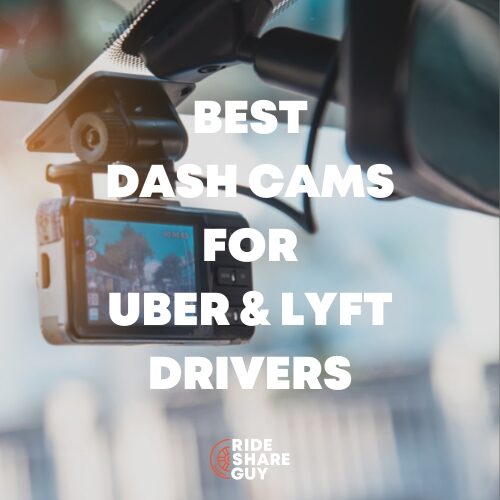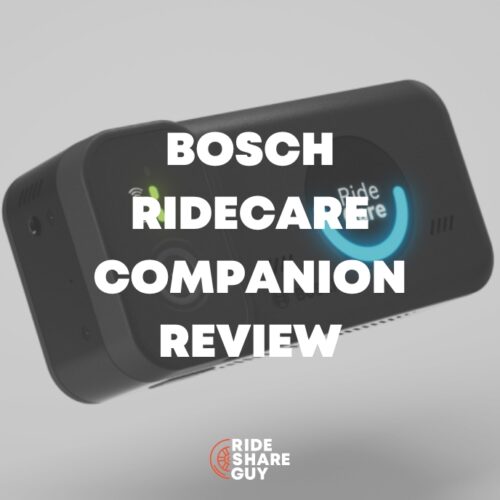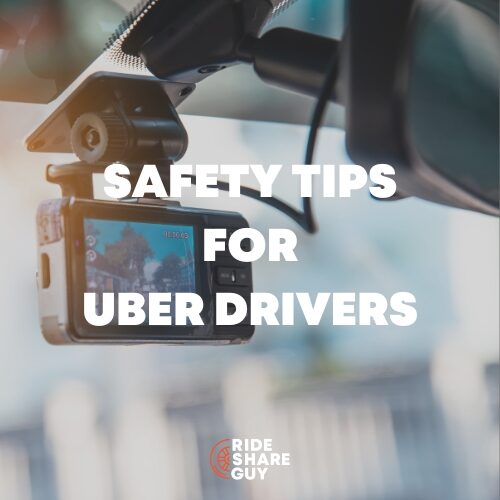It’s not exactly a scenario we drivers are unfamiliar with: a Portland Lyft driver was banned from the platform after she pulled out a stun gun to defend herself when her passengers refused to exit the vehicle. I always knew that Uber and Lyft had policies against drivers carrying firearms, but I was surprised to find out that Lyft drivers aren’t allowed to carry non-lethal weapons like pepper spray or stun guns either.
And in a strange twist, Uber’s policy actually allows drivers to carry non-lethal weapons – but does that mean you should?
Reporters, are you interested in speaking to a driver who has been banned for using a non-lethal weapon to defend themselves? Reach out to me here.
For more information on how to protect yourself as a driver, check out one of these quick links:
- 8 Ways To Stay Safe On Your Next Uber Ride, According To Drivers
- Uber Drivers Are Victims of Violence Too
- Rideshare Dojo podcast episode on staying safe as a driver
According to our Uber driver survey, 54% of drivers say Uber and Lyft needs to do more for driver safety. This is likely why 22% of drivers admit to carrying a weapon while driving. In some cases, states are looking into stepping in and protecting drivers themselves. Georgia, for example, introduced a bill to allow rideshare drivers to carry guns – a direct response to reports of crimes against rideshare drivers throughout Georgia.
What Happened in Portland?
There’s no video of what happened, but the beginning of her story might sound familiar to a lot of rideshare drivers.
The part-time Uber and Lyft driver, who asked to remain anonymous, says it was her last ride of the night. She was driving past Jantzen Beach when one of her two passengers in the backseat vomited in her car. That part, she says, is not atypical.
“I’ve had, you know, some weird experiences but it’s never been… I never felt like I was in danger,” she said.
But things quickly escalated.
According to the woman, the other passenger started complaining about paying a damage fee for his friend and things quickly escalated.
“After several minutes of me adamantly saying, ‘You need to exit my vehicle. Get out of my car! Get out of my car!’ He refused and he kept trying to intimidate me. He was hovering above me in the passenger seat. I finally said if you don’t get out of my vehicle, I’m going to grab my Taser.”
The woman grabbed the stun gun. She says the sound alone scared the man out.
As we’ve seen from prior incidents, your first and best option is to try and avoid or defuse these situations from the get go. Pulling out any type of weapon should really be a last resort, but there may be times where it’s warranted.
It’s tough to say what happened here though since there’s no video evidence. The passenger could have asked a simple question or they could have been a passenger from hell – we’ll never know. This is one of the reasons why I think it’s imperative that all drivers have a dash cam (I use the Falcon 360).
Related Article: Epic Dashcam Review for Rideshare Drivers
The other nice thing about a dash cam is that if you’re acting responsibly, the footage will only serve to exonerate you. Similar to the reasons why many police departments are starting to use body cams.
Do Drivers Really Need Protection?
I asked some readers on my Facebook page what they thought about the incident and a few of them said, “the day I need a stun gun or pepper spray while driving for Uber is the day I quit.” And I tend to agree with that statement. Sure, I’ve had some weirdos for passengers, but I’ve never felt unsafe while driving and if I did, I don’t think I’d continue to do it.
And while it doesn’t hurt that I’m a 6′ 3″ male, I still think there are lots of effective ways to defuse a situation. Just because your passengers may be unruly and intoxicated doesn’t mean you have to behave the same way.
Stun Guns vs. Pepper Spray
I’m not an expert on either option, but I have to imagine shooting off pepper spray in a confined space is going to be pretty painful for all parties involved. If I was going to carry a weapon, a stun gun seems like the better choice since as we saw in the story, just the sound of it could be enough to scare someone off.
If you decide to opt for a non-lethal weapon, just make sure that you follow your local laws, and it probably wouldn’t hurt to practice using it and watch a Youtube video or two on proper usage.
Is This Fair Policy?
Lyft’s weapons policy is strict for drivers and riders. Lyft’s no weapons policy means that even if you’re legally allowed to carry a weapon, you’re asked not to carry one while driving for Lyft. The policy states, “We approach this from a community perspective. It’s hard to know what someone else is or isn’t comfortable with. The mere presence of a weapon might make another community member distressed and fear for his or her own personal safety.”
Lyft lists a myriad of weapons that are not allowed, but it’s not an exhaustive list. It includes firearms, handguns, stun guns, explosives, sling shots, tasers and more. Lyft is the determinant of what a weapon is and if anyone is not adhering to the policy. If you want to know if what you plan on carrying is considered a weapon under the policy, you should contact Lyft Support.
Uber also has a firearms policy, but their policy isn’t as descriptive as Lyft’s. They state: “Uber prohibits riders and their guests, as well as driver and delivery partners, from carrying firearms of any kind while using the app, to the extent permitted by applicable law.”
It goes on to describe what a situation where a firearm is allowed would look like according to the Transportation Security Administration rules. Uber’s policy allows non-lethal weapons such as tasers and pepper spray, as long as they are legal according to your state law.
You can find more of our recommended safety solutions, including a driver partition, here.
Do you think drivers should be allowed to carry non-lethal weapons or is Lyft within its rights to deactivate drivers for doing so?
-Harry @ RSG
Save




